Summer is right behind New Year’s for the uptick in the number of people deciding to try a gluten-free diet. There’s actually nothing magic about going gluten-free for the average person, but if you have a medical condition that requires it, like wheat allergy or celiac disease, or you’ve noticed your belly is happier if you steer clear, you might find yourself truly pining for a big plate of spaghetti and meatballs pretty quickly. And, even if you’re not looking to beat the wheat entirely, some gluten-free kinds have a nutritional edge that can help you meet anyone’s needs a little better than semolina.
There is a dizzying array of gluten-free pasta on the market, but they all have different characteristics, so many work for one type of dish but not another. You can count on rice noodles or bean threads for Asian dishes that always called for them, but which one should you choose if you’re looking to replicate your favorite Italian pasta recipes? It can be especially hard to make the switch if you have wheat-based dishes that have been handed down or that you’ve made the same way for years.
Let’s bite down on a definitive ranking of gluten-free pastas.
9. Shirataki noodles
Made from an East and Southeast Asian root called konjac and commonly used Japanese dishes oden and sukiyaki, these noodles are often advertised as having zero calories. The glucomannan fiber in konjac gels into a twirlable, sturdy noodle, and while it’s true it’s very low-carb and extremely low-calorie, it’s also low in nutrients and, well, flavor. If you opt for konjac over wheat, you’ll be missing out on protein, B vitamins, and minerals like magnesium and zinc; shirataki’s only contribution to your diet is fiber. Some brands have quite a bit, so add these to your diet slowly if you give them a try, lest you tempt what the medical profession delicately refers to as "GI distress."
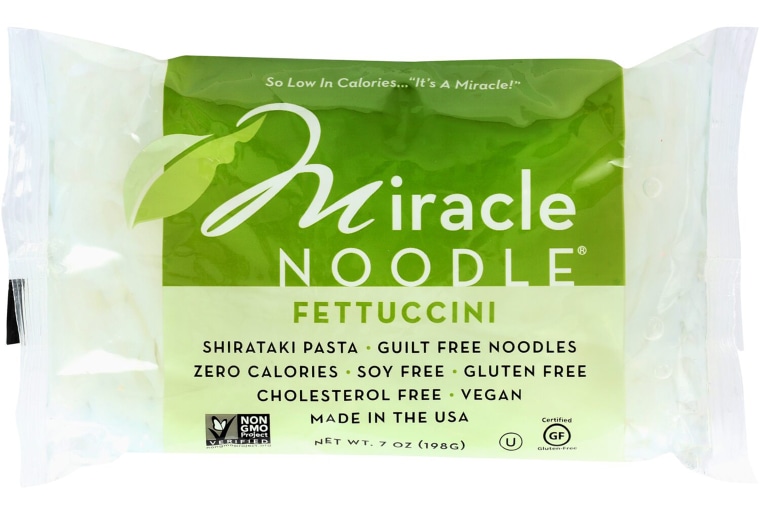
They are essentially ready-to-eat right out of the package, but they’re a bit slimy and may have a faint vinegar smell, so give them a rinse before adding to the stir-fry dishes and noodle salads they’re perfect for. You can also use them in any recipe that calls for bean thread noodles. You risk an overcooked, rubbery mouthfeel if you boil them and add to an Italian pasta sauce, though. And don’t even think about simmering in a soup — you’ll be rewarded with minestrone Jell-O.
8. Spiralized vegetable 'pasta'
Squashes, sweet potatoes and carrots have all been given the noodle treatment by running them through a spiralizer, or just shredding with a fork after roasting in the case of spaghetti squash. While certainly nutritious and a fun presentation for a vegetable side, they can’t hold a candle to traditional pasta in terms of texture. Hitting the cooking time sweet spot is devilishly difficult, too. It varies a lot by type of vegetable, and If you’re trying to use them the way you would wheat pasta, adding to sauce and heating through at the end, you’ll probably find there’s not enough starch in the water to thicken and glossify your sauce. If you let them cook go too long, your noodles will be mushy puree. Spaghetti squash is quick to cook in the microwave, and it’s less prone to dissolving, but that’s because it’s on the crunchy, watery side — opt for a cheesy cream sauce for that one — and lower your expectations. I love to use pan-sautéed zoodles mixed with rice noodles for chili-garlic noodles, but served solo with Bolognese? They just make me sad. If you’re doing a keto or very low-carb diet, these and the shirataki above are the ones for you, though.
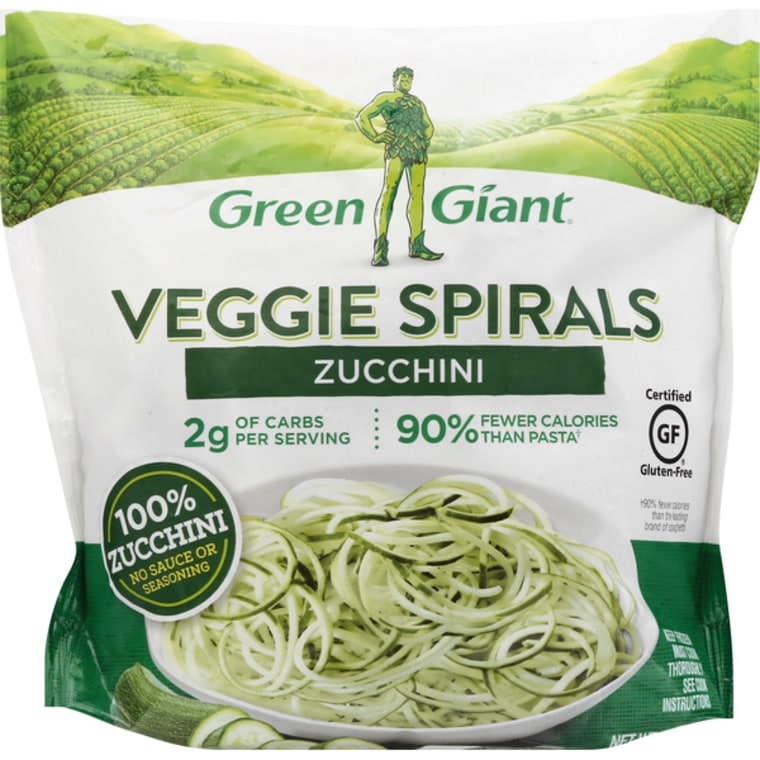
Many grocery stores will do the spiralizing for you in the produce department, and Green Giant actually has a frozen veggie spirals that aren’t bad, but it’s most economical to make these fresh at home. The Nunewares spiralizer is my personal pick: It’s very easy to cut several widths of noodles without cutting your fingers, unlike the pencil-sharpener-style, and it’s also easy to clean with less waste.
7. Rice noodles/pasta
Pasta or noodles made from 100% rice really lacks flavor, so this is not the place to use a subtly-flavored sauce, and it’s also prone to mushy stickiness, so making pasta salad with it is out of the question. These work best in salty, herby, umami dishes like pho or pad thai. If you simply must try them in an Italian dish, choose something oil-based rather than tomato, such as aglio e olio or scampi.
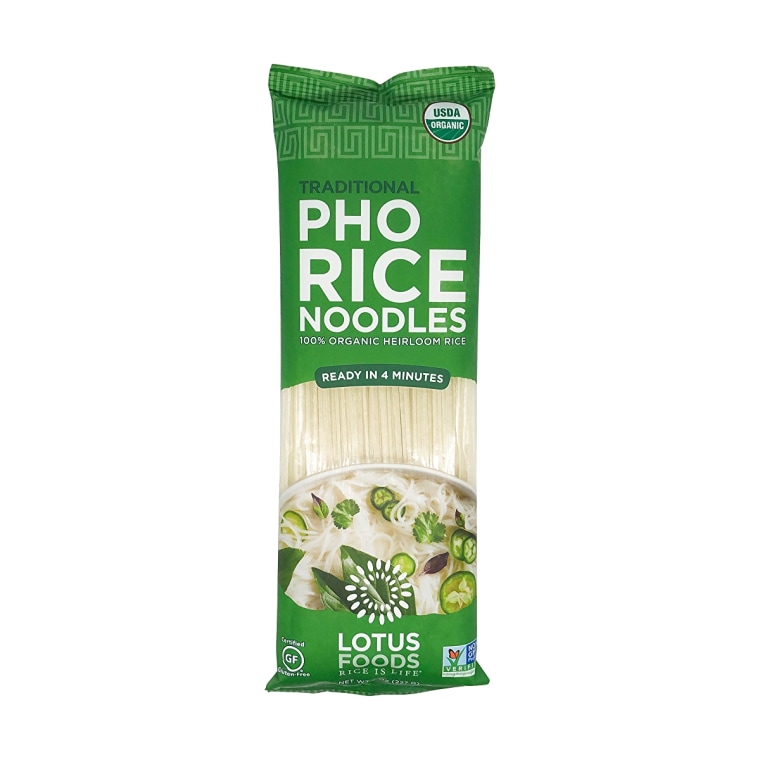
Their cooking time is usually relatively short, so set a timer: If you overcook them even slightly, your spaghetti alle vongole will be stuck to the roof of your mouth like barnacles on a trawler. A lot of boxed gluten-free mac and cheese uses rice pasta, and the key is to mix with the sauce and eat immediately. Brown rice noodles have a finer texture than other whole-grain pastas, but it only adds a smidge of fiber, and these are on the low protein side, too.
6. Cassava-based pasta
Cassava is a starchy root native to South America that you may think you’ve never had before, but you almost certainly have — it’s what tapioca pudding and starch are made from (also fufu!). Pasta made from this flour has the longest cooking time at up to 13 minutes, and unfortunately it suffers from the same sticky situation as rice pasta. Its generally thicker walls makes it more chewy and less mushy, but it’s still low in protein. Still, if you’re following not just a gluten-free but totally grain-free meal plan, 100% cassava pasta like Jovial’s version is one of your very few options.
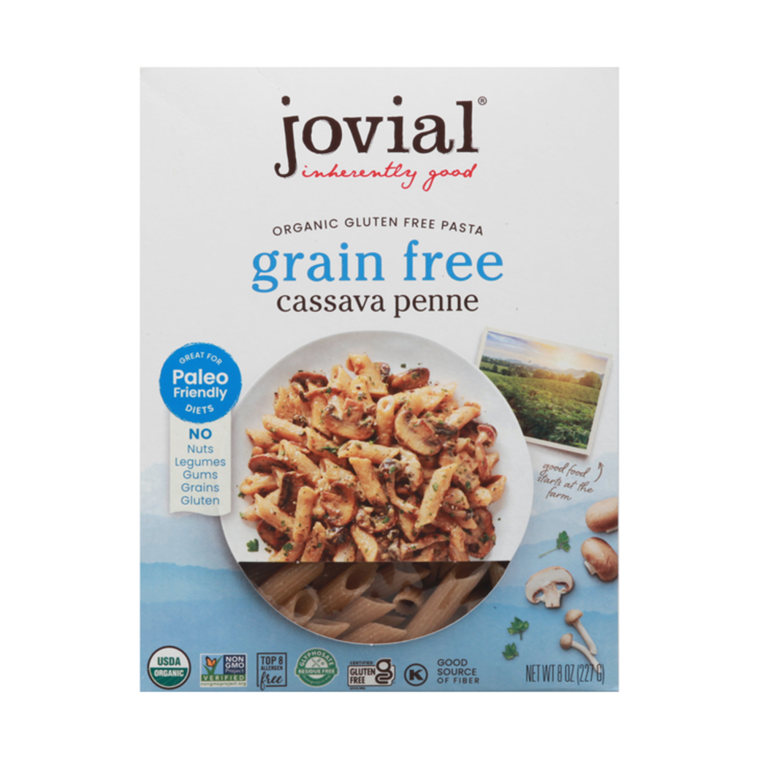
5. Corn-based pasta
Corn requires a second flour as a binder for cohesive pasta-making, and it’s usually rice. The texture varies quite a bit from brand to brand, depending on how thick it is. This pasta is bright yellow and has a sweeter flavor that is usually acceptable for Italian dishes, but it’s not quite the same, and it’s relatively low in fiber and protein. My favorite way to use this often-sturdy pasta is in pasta salad, but the thicker ones also work pretty well in soups where the pasta cooks in the broth. It’s comparatively starchier, though, and the pasta water will be a cloudy yellow with perhaps more thickening power than with wheat. You may need to add extra water to sauces and soups to compensate. Barilla and most store brands like Target’s Good & Gather use this formulation.
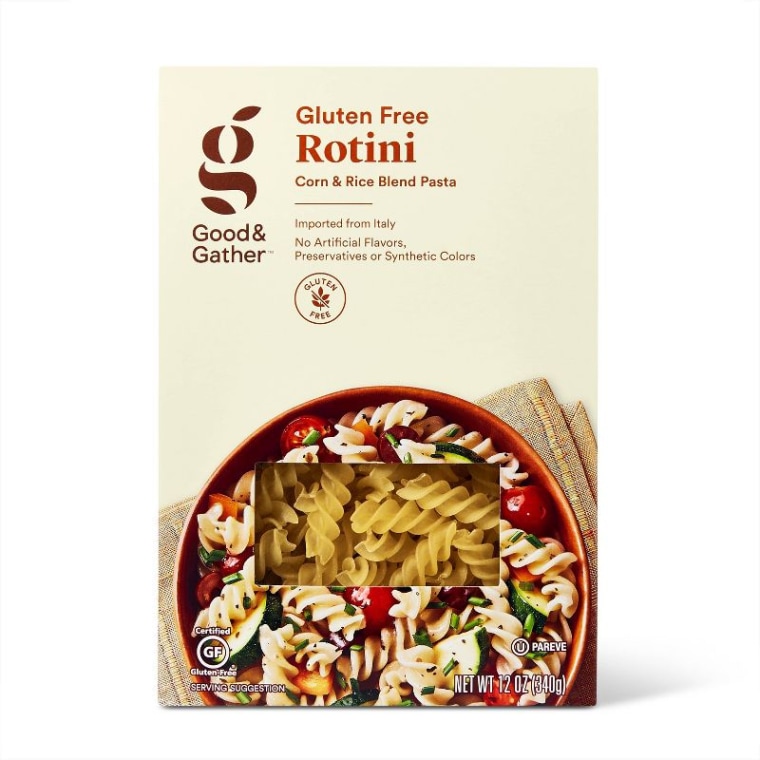
4. Almond-based pasta
Almond pasta works better than one might think: The flavor isn’t overbearing, and the texture is smooth thanks to very fine grinding and the addition of stickier flours like tapioca, but almond pastas are both the highest calorie and the highest priced option on this list. A package can easily set you back $11-12, so look for a coupon!
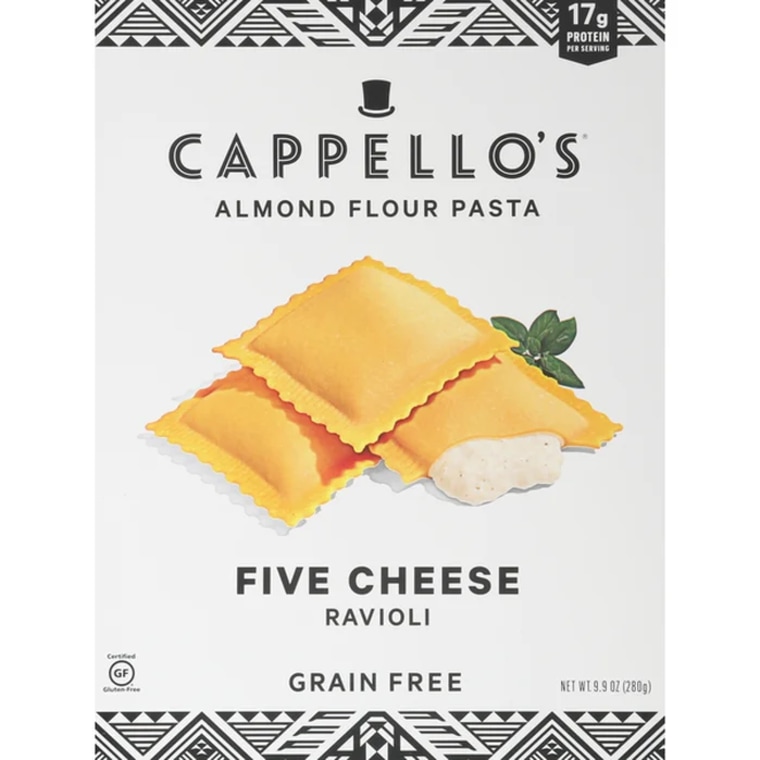
This kind of pasta is one of the few that’s available fresh, and Capello’s makes lasagna sheets and a great ravioli if you’re so inclined.
3. Potato-based pasta
Made correctly, gnocchi should have a uniformly pillowy and light texture. The tendency of many gluten-free flours to either fall apart or adhere in dense blobs are both problematic. The best gluten-free gnocchi use the usual potato but replace the wheat with a blend of corn and rice. The Racconto ones I look for are like pale yellow clouds, with just a hint of sweetness from the corn flour, and they cook in a mere two minutes.
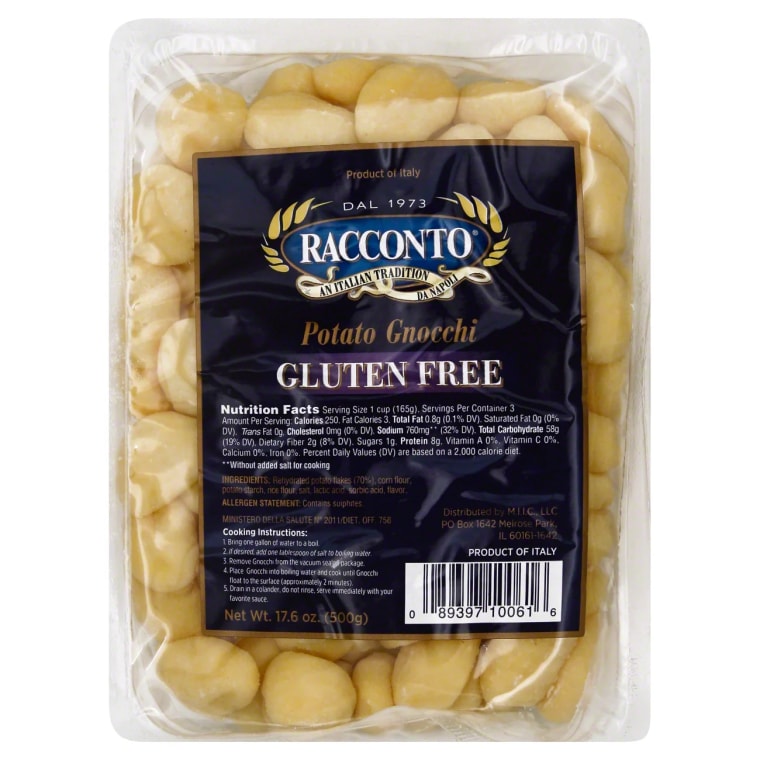
One caveat: Trader Joe’s makes a frozen cauliflower and cassava gnocchi that isn’t the worst thing I’ve ever had, but don’t believe the cooking instructions on the bag — pan or air frying is the only way to go. Boil these, and your gnocchi al Gorgonzola is going to be more like gnocchi al gummy bears. Yikes.
2. Legume-based pasta
Super high in fiber and protein as well as vitamins and minerals, pasta made from red lentils, chickpeas, yellow peas and soybeans can’t be beat in nutritional terms. Even if you’re not eating gluten-free, they are much easier to work into lower-carb or diabetic meal plans, and they’re a terrific way to sneak in some heart-healthy legumes if you’re not usually a fan. They’re a boon to allergy families, too, since they often contain only that one ingredient.
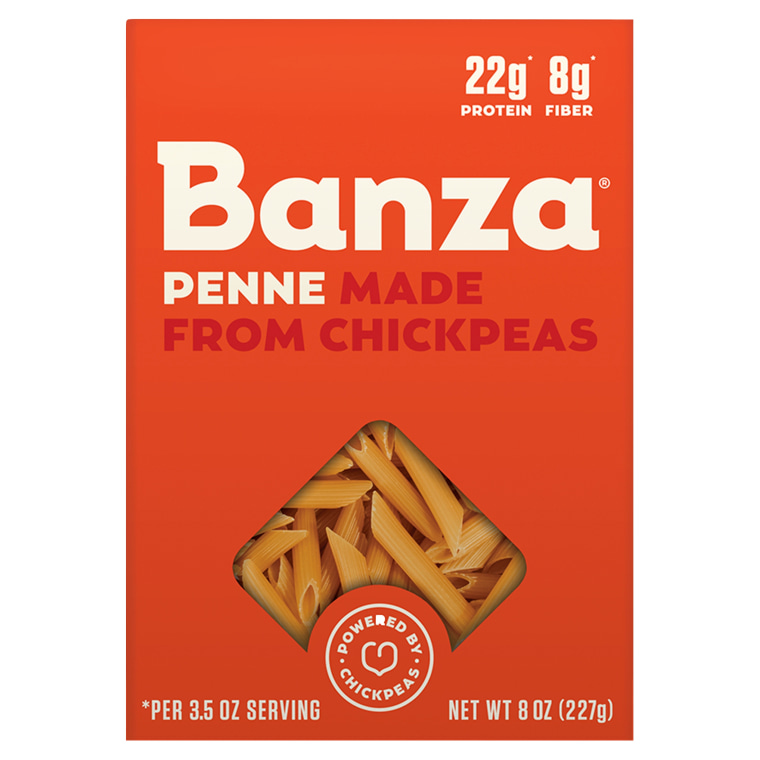
Banza’s chickpea version has some xanthan gum added for a softer mouthfeel, but in general, these are sturdier than wheat pasta, and they typically need a couple of extra minutes of cooking time. They don’t taste exactly like wheat pasta, but the legume flavor is mild. In a casserole or spicy sauce, a lot of people won’t notice the difference. And if you’re looking for a visually striking plate, Explore Cuisine's Organic Black Bean Spaghetti is a gorgeous vegan, gluten-free dupe for squid ink pasta.
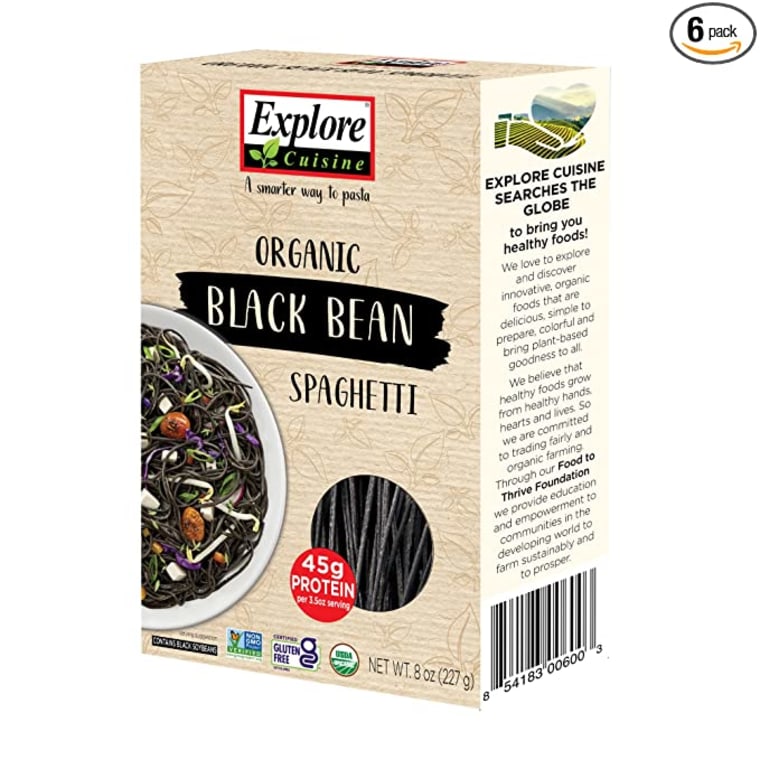
1. Quinoa-based pasta
Quinoa looks like a grain, but it’s actually a seed from a botanical relative of spinach. It’s very high fiber and a bit higher in protein than most other potentially noodle-able ingredients, but that means it's got less starch, making it prone to falling apart. I’ve never seen a pasta that’s 100% quinoa for that reason; it will always have something like corn or rice added for durability, meaning that the final product won’t be as nutritious as a bowl of plain quinoa. If you hate the taste of whole quinoa, you might still like the delicately flavored pasta, and that mix of flours makes a pretty convincing, springy noodle.
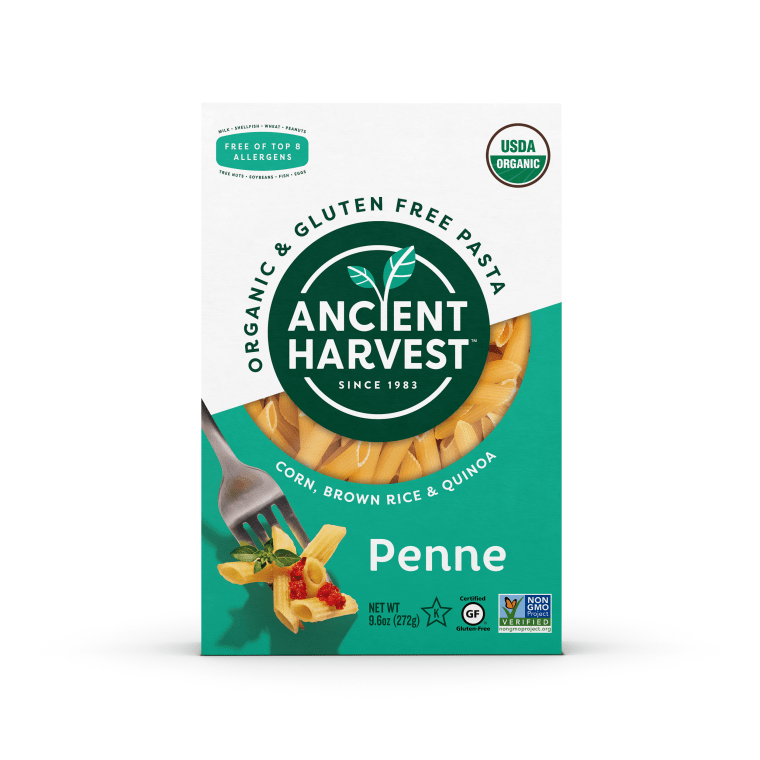
Of all the pastas on this list, this one approximates wheat pasta the most precisely in any Italian recipe, and although the legume pastas in spot No. 2 are nutritionally superior, most quinoa pastas are equivalent to their gluten-y versions. It looks the same, tastes the same, cooks in about the same amount of time, offers similar nutrition and isn’t hugely different in price, making it number one in our gluten-free book. Ancient Harvest brand is widely available and has really perfected the balance of flours for the best texture.